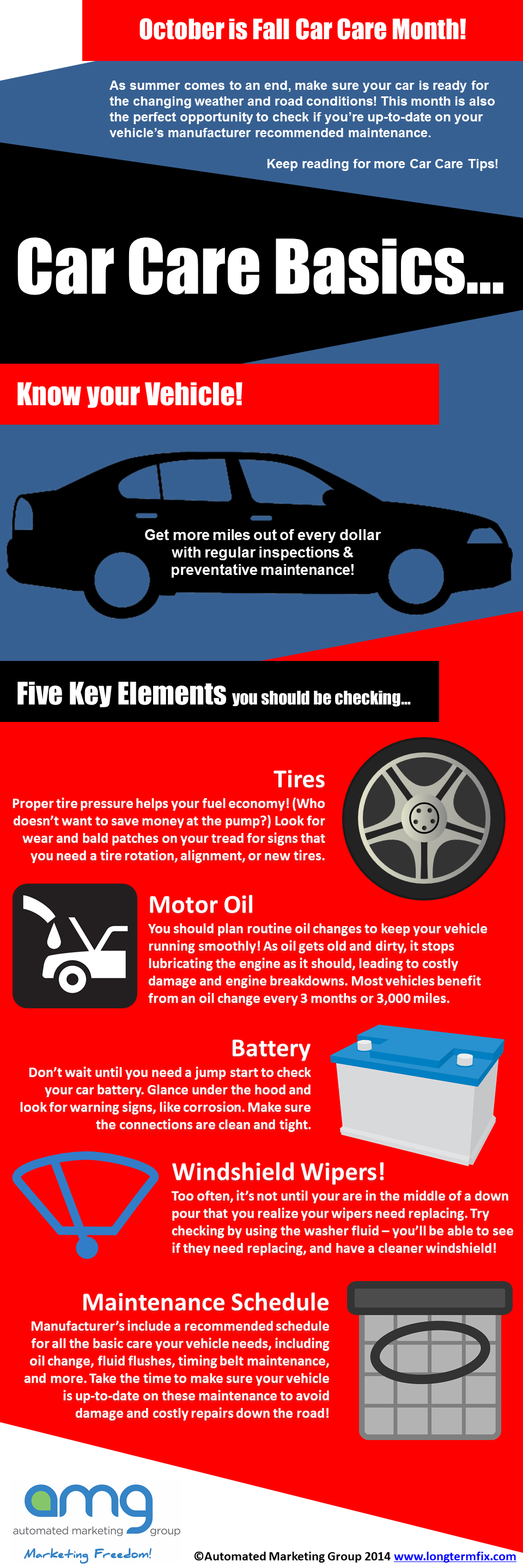Interpreting Your Auto'S Alert Lights: Their Real Effects
Interpreting Your Auto'S Alert Lights: Their Real Effects
Blog Article
https://www.mychesco.com/a/news/social-issues/crime/state-police-ask-for-tips-after-catalytic-converter-theft-in-chester-county/ Create By-Higgins Gilbert
When you're behind the wheel, those glowing warning lights on your dashboard can be a bit bewildering. Do you recognize what they're trying to tell you about your vehicle's health? Understanding the importance of these lights is important for your security and the longevity of your automobile. So, the next time one of those lights pops up, wouldn't you intend to decode its message properly and take the essential actions to resolve it?
Common Caution Lights and Interpretations
Identify typical warning lights in your cars and truck and understand their significances to make sure secure driving.
One of the most common caution lights include the check engine light, which signals concerns with the engine or exhausts system. If this light begins, it's vital to have your car checked without delay.
The oil pressure advising light indicates reduced oil stress, calling for immediate attention to prevent engine damage.
A flashing battery light may suggest a damaged billing system, possibly leaving you stranded otherwise dealt with.
The tire stress tracking system (TPMS) light notifies you to low tire pressure, influencing vehicle security and fuel efficiency. Overlooking this might lead to unsafe driving conditions.
The ABS light indicates a trouble with the anti-lock braking system, endangering your capacity to stop quickly in emergency situations.
Lastly, the coolant temperature cautioning light warns of engine overheating, which can lead to serious damage otherwise dealt with promptly.
Comprehending these usual warning lights will certainly aid you attend to issues quickly and maintain safe driving conditions.
Relevance of Prompt Attention
Recognizing the typical warning lights in your car is only the initial step; the importance of quickly addressing these warnings can not be stressed sufficient to ensure your safety and security when traveling.
When a warning light brightens on your control panel, it's your cars and truck's way of communicating a potential problem that needs attention. Disregarding these warnings can result in extra severe problems down the road, jeopardizing your safety and security and possibly costing you much more out of commission.
Prompt focus to cautioning lights can stop break downs and accidents. As an example, a blinking check engine light could indicate a misfire that, if left ignored, can create damages to the catalytic converter. Resolving this without delay can save you from an expensive repair service.
Similarly, a brake system advising light might indicate reduced brake fluid or worn brake pads, vital components for your security when driving.
DIY Troubleshooting Tips
If you notice a warning light on your dashboard, there are a few do it yourself repairing pointers you can attempt prior to looking for professional help.
The primary step is to consult your cars and truck's handbook to comprehend what the particular caution light shows. Occasionally the problem can be as easy as a loosened gas cap setting off the check engine light. Tightening the gas cap might resolve the trouble.
Another usual concern is a low battery, which can set off different cautioning lights. Checking the battery connections for rust and guaranteeing they're protected might deal with the problem.
If a caution light lingers, you can try resetting it by detaching the cars and truck's battery for a few minutes and then reconnecting it. Furthermore, checking your automobile's fluid degrees, such as oil, coolant, and brake fluid, can assist troubleshoot advising lights related to these systems.
ceramic coating , recognizing your automobile's warning lights is vital for keeping your automobile running smoothly and securely. By promptly addressing these alerts and recognizing what they indicate, you can prevent pricey repairs and possible break downs.
Bear in mind to consult your vehicle's manual for specific information on each warning light and take action accordingly to ensure a hassle-free driving experience.
Remain notified, stay risk-free when traveling!
